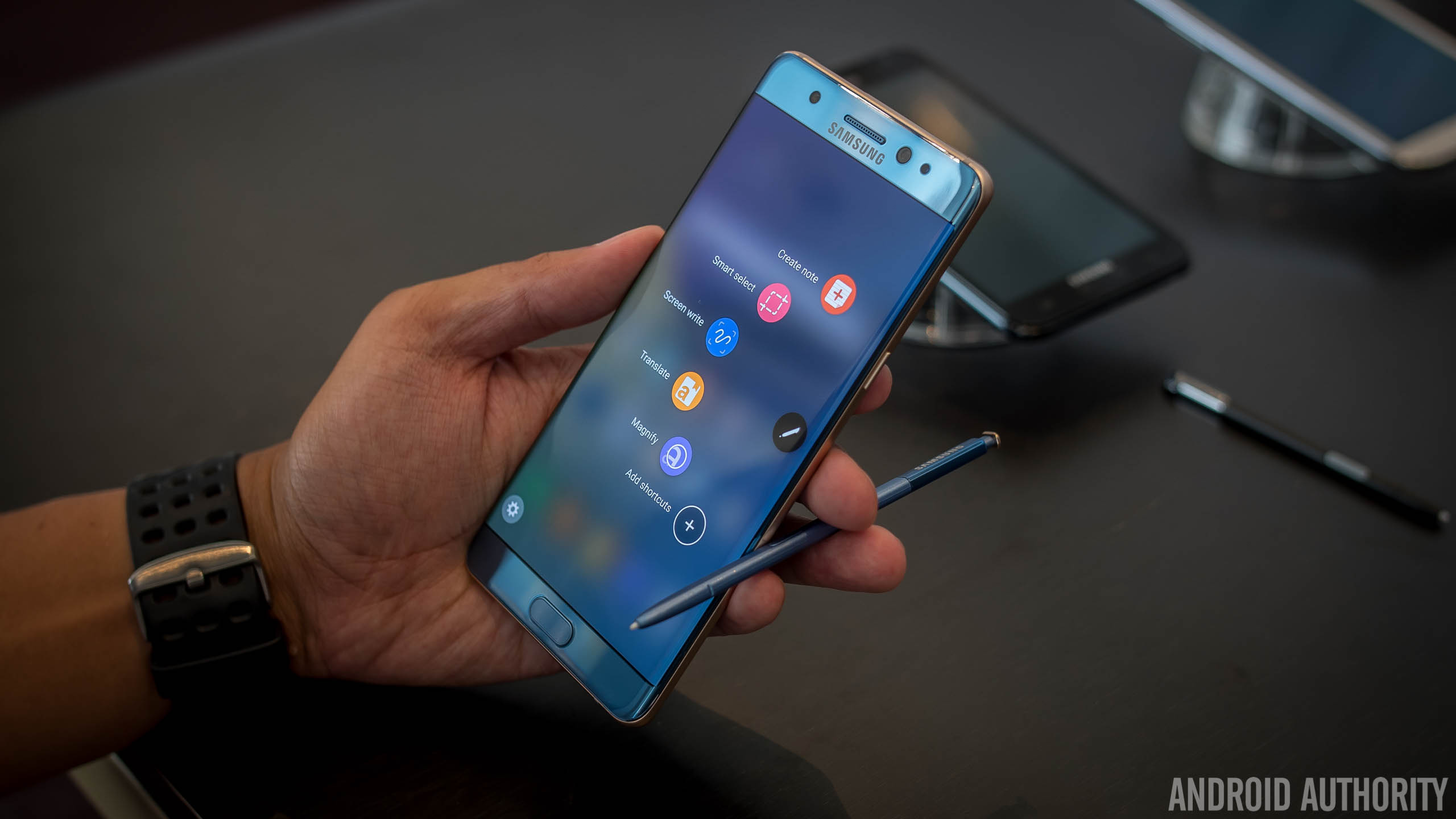
There’s no shortage of great Android phones, but I’d argue it’s really hard to buy a truly bad phone today. Sure, some devices might have mediocre cameras, less-than-great performance, or ho-hum battery life, but that’s still a far cry from the worst Android phones of all time.
What are the worst Android devices ever made, though? Well, we put our heads together and came up with a list! We tried to take several factors into account, including critical/commercial reception, defects, and our own opinions.
This list is in no particular order, but did we miss any obvious choices? Let us know in the comments!
Red Hydrogen One
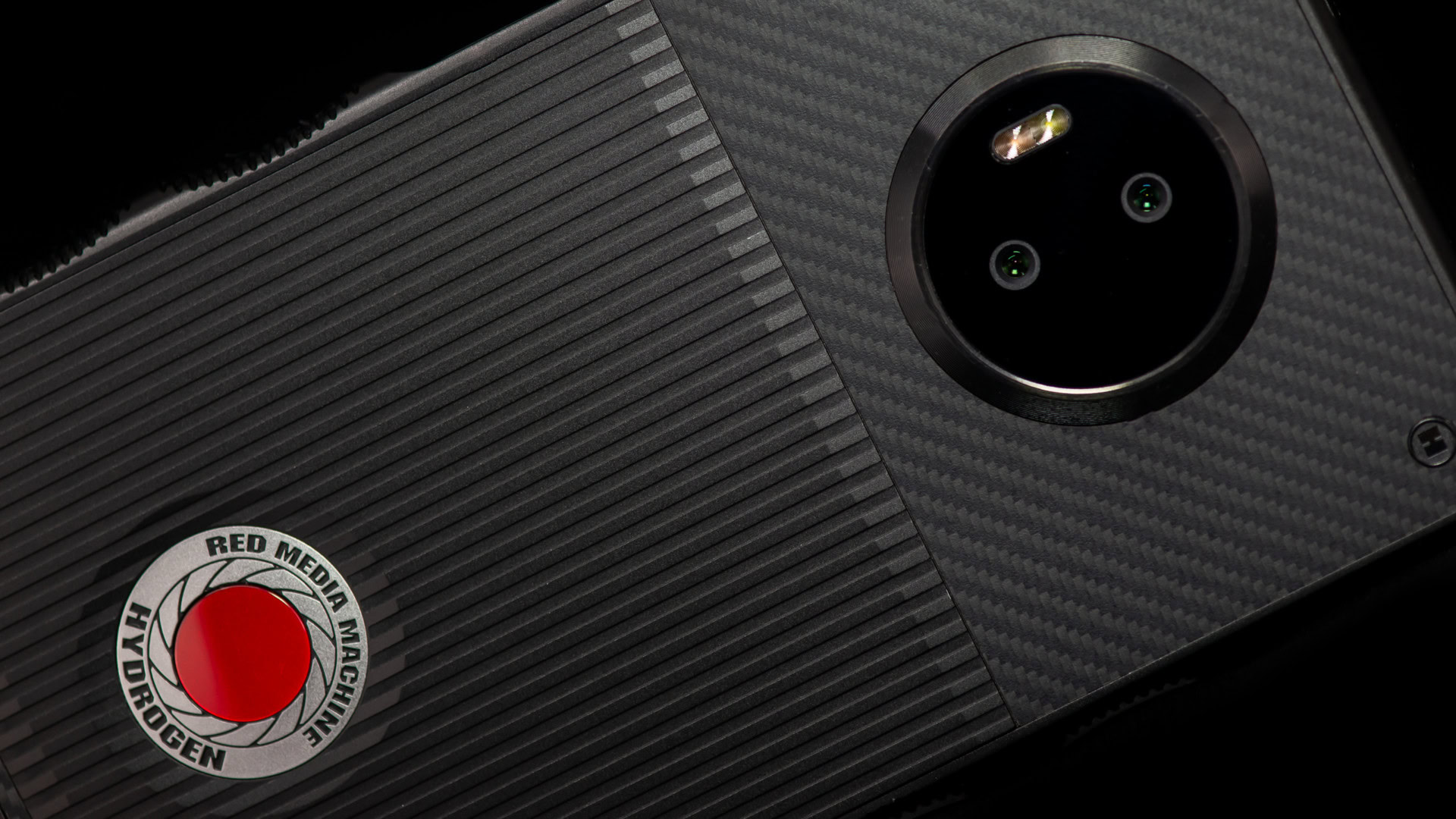
Red is renowned for its movie cameras, so people were pretty excited to hear that the company was working on a smartphone. It wasn’t a generic, paint-by-numbers phone, either. It packed a curious 3D display, the ability to shoot 3D photos/videos, and pin connectors for a variety of planned add-ons.
Unfortunately, the Hydrogen One was a major commercial and critical flop upon launch. At the time of its release, we bemoaned the device’s pixelated 3D display, mediocre battery life, high price tag (especially given it used the previous year’s silicon), and underwhelming camera quality. It’s also worth noting that the planned add-on modules never came to fruition. Ouch.
It’s not all bad, as we praised the actual 3D viewing experience, the build quality, and the unique design. But the Hydrogen One served as a cautionary tale for upstart smartphone makers.
Palm Phone
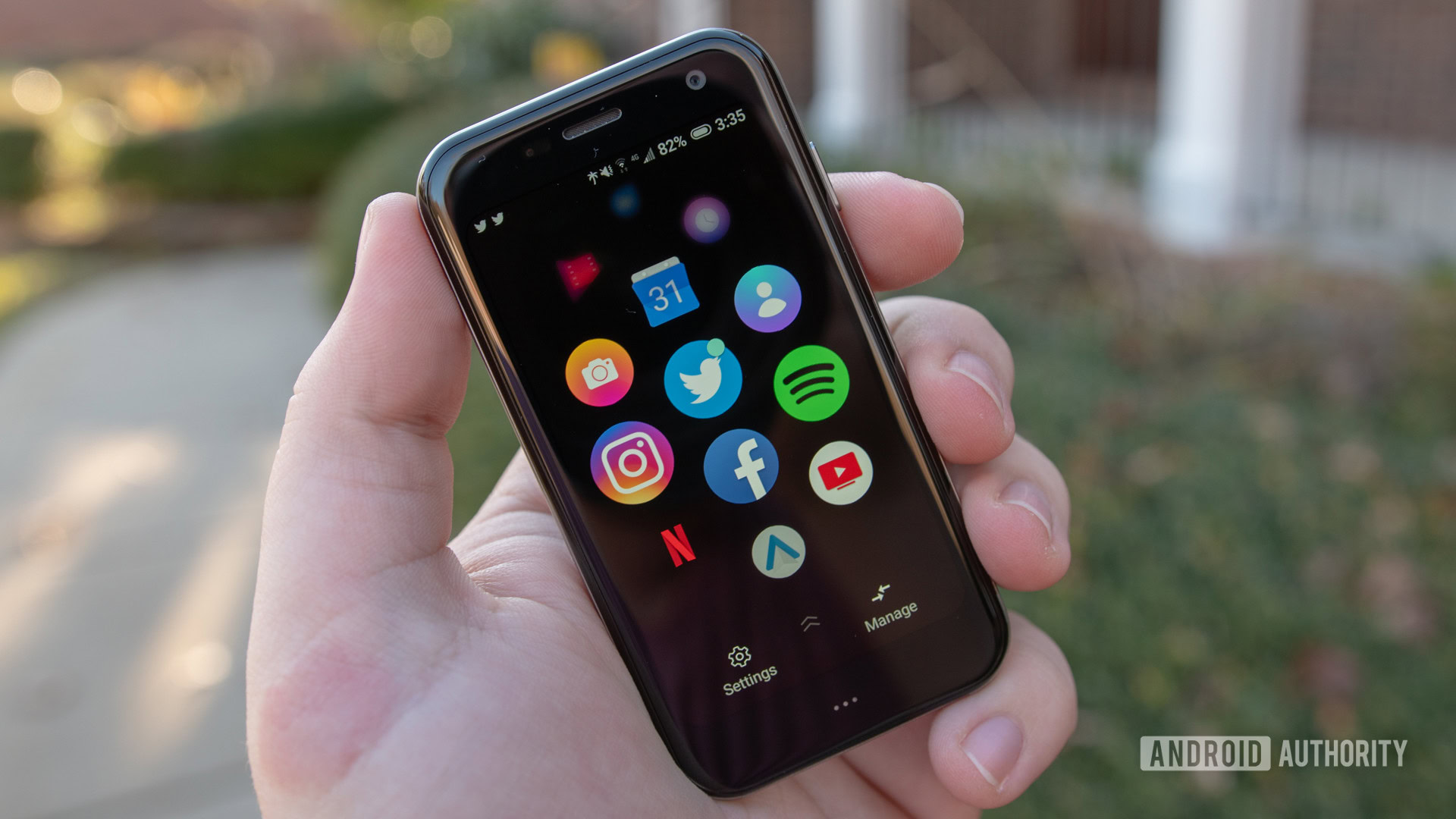
We owe many modern smartphone innovations to Palm, such as wireless charging with magnets, a card-driven multitasking system, and gesture-driven interfaces. Unfortunately, Palm was sold to HP, which then decided to get out of the smartphone game and sold the Palm trademark to a TCL-affiliated company. The first and only device as a result of this arrangement was 2018’s Palm Phone.
The Palm Phone initially required pairing to a primary smartphone. No wonder it made our list of worst Android phones ever made.
The Palm Phone’s only selling point was that it was a tiny Android smartphone. We don’t mean a small or compact phone, but actually tiny thanks to that 3.3-inch display. What’s worse was that you couldn’t initially buy this phone on a separate plan, only being available as an add-on to your existing plan. It also initially required pairing to a separate smartphone, with your texts and calls being forwarded to the smaller device. Just, why?
Either way, the Palm Phone clearly failed to live up to the trailblazing Palm of yore. But at least it had an IP68 rating for water and dust resistance, right?
Amazon Fire Phone
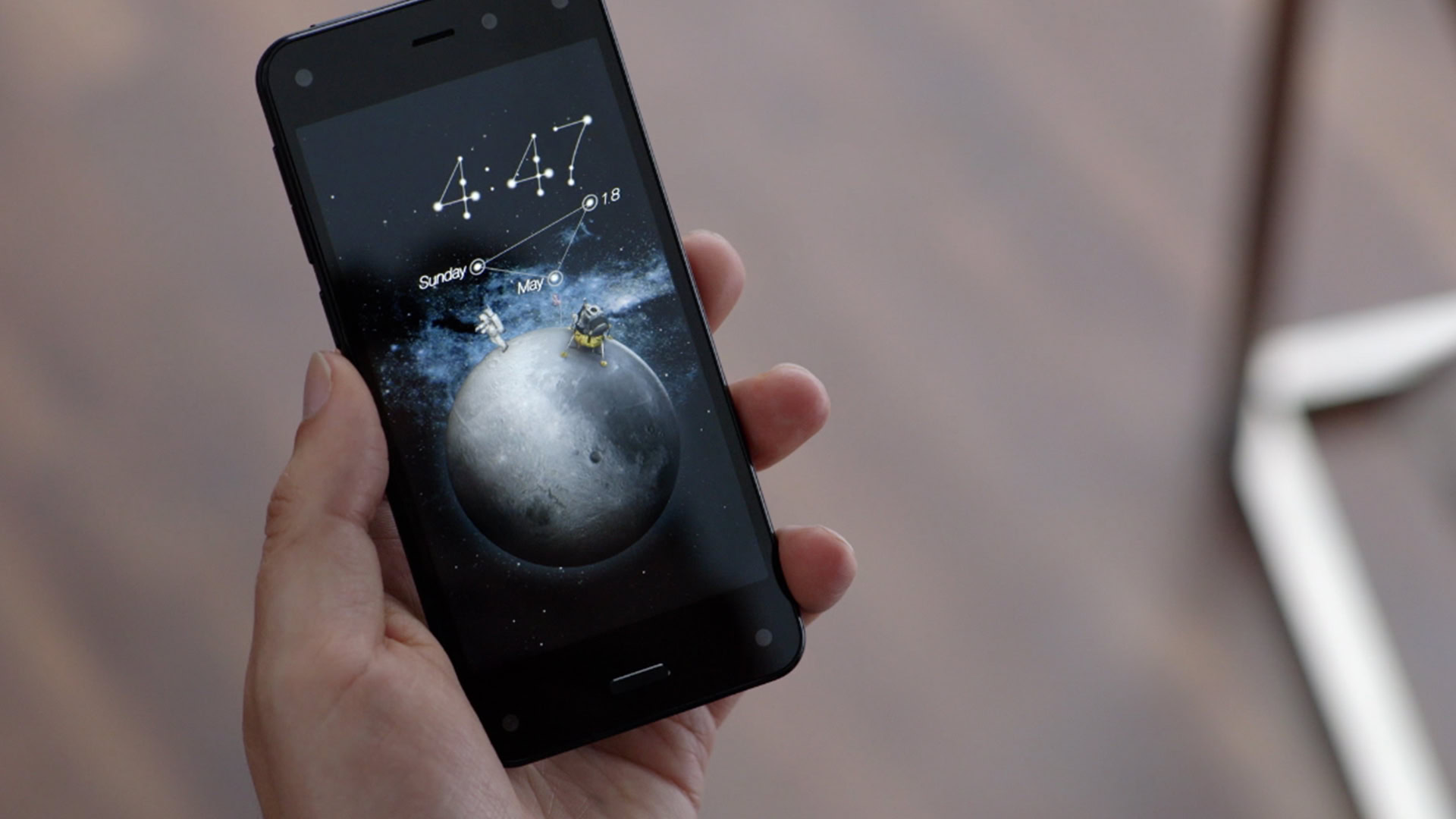
We all think of Amazon as the e-reader, tablet, and streaming gadget company when we think about its consumer tech products. But the company also had a brief but expensive foray into the smartphone world.
The Fire Phone was Amazon’s first smartphone, and it was yet another phone that offered glasses-free 3D. The device even packed a bunch of infrared sensors on the front so it could track your head to change perspective on the screen. This so-called Dynamic Perspective feature was cool for viewing on-screen icons and other UI elements at different angles, but it had no real purpose. So why add it in the first place?
The Fire Phone also lacked Google services, which wasn’t as big of a deal as it is now but was still a major downer. Toss in the $650 off-contract price tag and initial AT&T exclusivity, and you have a recipe for failure in 2014. It’s no wonder Amazon lost a reported $170 million on the project.
HTC Evo 3D
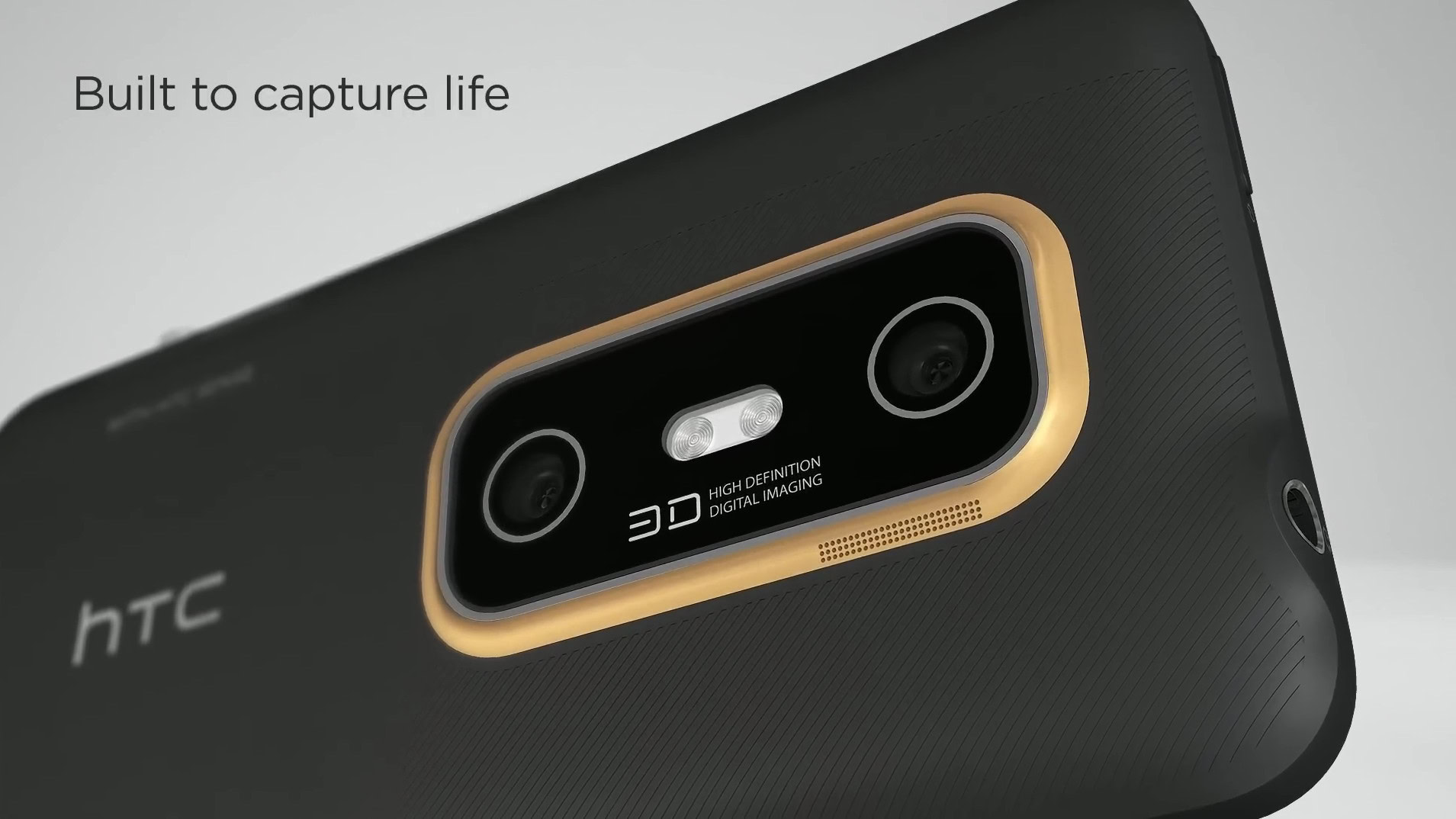
2011 saw the launch of not one, but two 3D phones from major manufacturers, as both HTC and LG hopped on the bandwagon. However, the HTC Evo 3D was the more poorly received device. That’s largely due to a glasses-free 3D screen that offered a very narrow viewing angle. This means you’re looking at a blurry mess if you weren’t looking at the screen from a very specific angle. What’s the point of a 3D screen on a smartphone when it doesn’t work well? At least there was a 2D/3D toggle, so you didn’t have to deal with the 3D screen if you didn’t want to.
HTC's phone brought a glasses-free 3D screen, but it didn't actually work well at all.
The rest of the phone was a mix of mid-tier and flagship, featuring a capable Snapdragon S3 chip, 1GB of RAM at a time when that was a lot of memory, 1GB of expandable storage when phones like the Galaxy S2 offered 16GB, and two 5MP rear cameras for 3D shots.
Cyrcle Phone
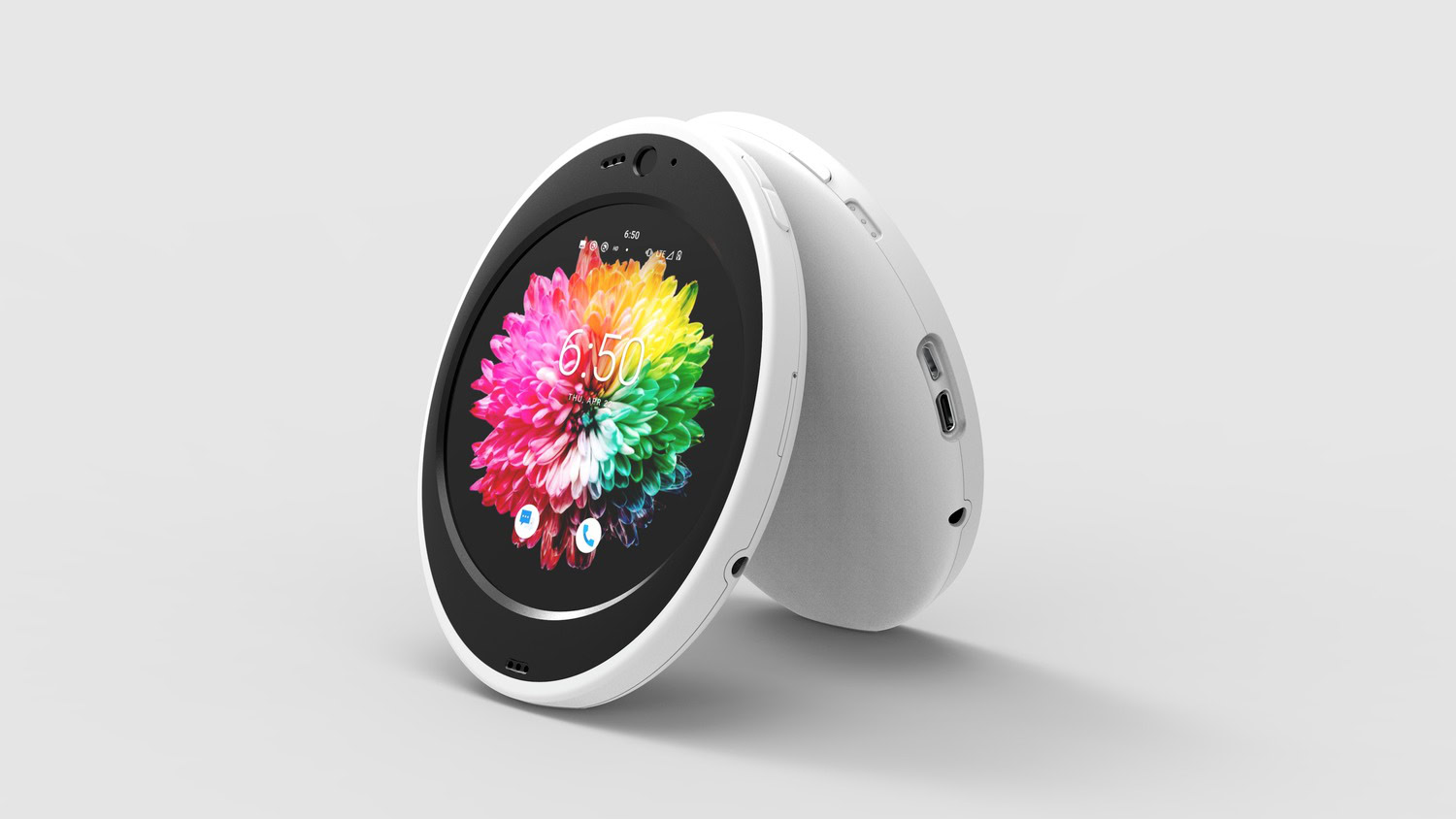
Smartphones are rectangular slabs, but I do appreciate it when companies try to change up the form factor. Unfortunately, the Cyrcle Phone wasn’t the change we were looking for.
The name implies that we’re looking at a circular phone but the Cyrcle Phone was more of an egg or elliptical shape. In saying so, prototypes in 2020 indeed had a more circular design. Why this shape, though? Well, the company behind the handset didn’t give any good reasons beyond saying, “it’s a non-rectangular phone for non-rectangular people.”
The rest of the phone is a mix of budget and intriguing, though. It had a 3.45-inch screen (800 x 800), Android 10, 3GB of RAM, 32GB of storage, an unnamed Snapdragon 4G processor, and a 13MP camera on the front and back. The device also offered microSD storage, two headphone jacks, USB-C and micro-USB ports, and a removable battery (albeit 2,000mAh). All that for a recommended price of $999. Oof.
Google Pixel 6 series
Jimmy Westenberg / Android Authority
Is this the best worst phone on the list? It’s tough to argue when framed like that. Google’s first Tensor-powered Pixel devices were great camera phones for the time, had a variety of AI features, and featured a distinctive design.
We'll probably get hate mail for including the Pixel 6 series as one of the worst Android phones, but it barely works as a phone in the first place.
The main reason the Pixel 6 series is on this list after much internal debate is the horrible connectivity. Many Pixel 6 owners suffered from horrible reception even when other phones enjoyed a great signal. And what’s the point of a phone if the phone part seldom works? We also took umbrage with the long time it took to hop from cellular to Wi-Fi and vice-versa. This isn’t 2006, Google. In fact, colleague Rita El-Khoury said it had the worst signal and reception of any phone she had ever used. The strange thing about this saga is that this issue didn’t affect everyone, as our own reviews at the time were very positive.
Google’s 2021 phones also had bad fingerprint scanners, with slow reading speeds and a disappointing recognition rate. But at least this got a little better with subsequent updates. Toss in the Tensor chip’s overheating woes, and the Pixel 6 series makes for a frustrating experience.
Samsung Galaxy Note 7
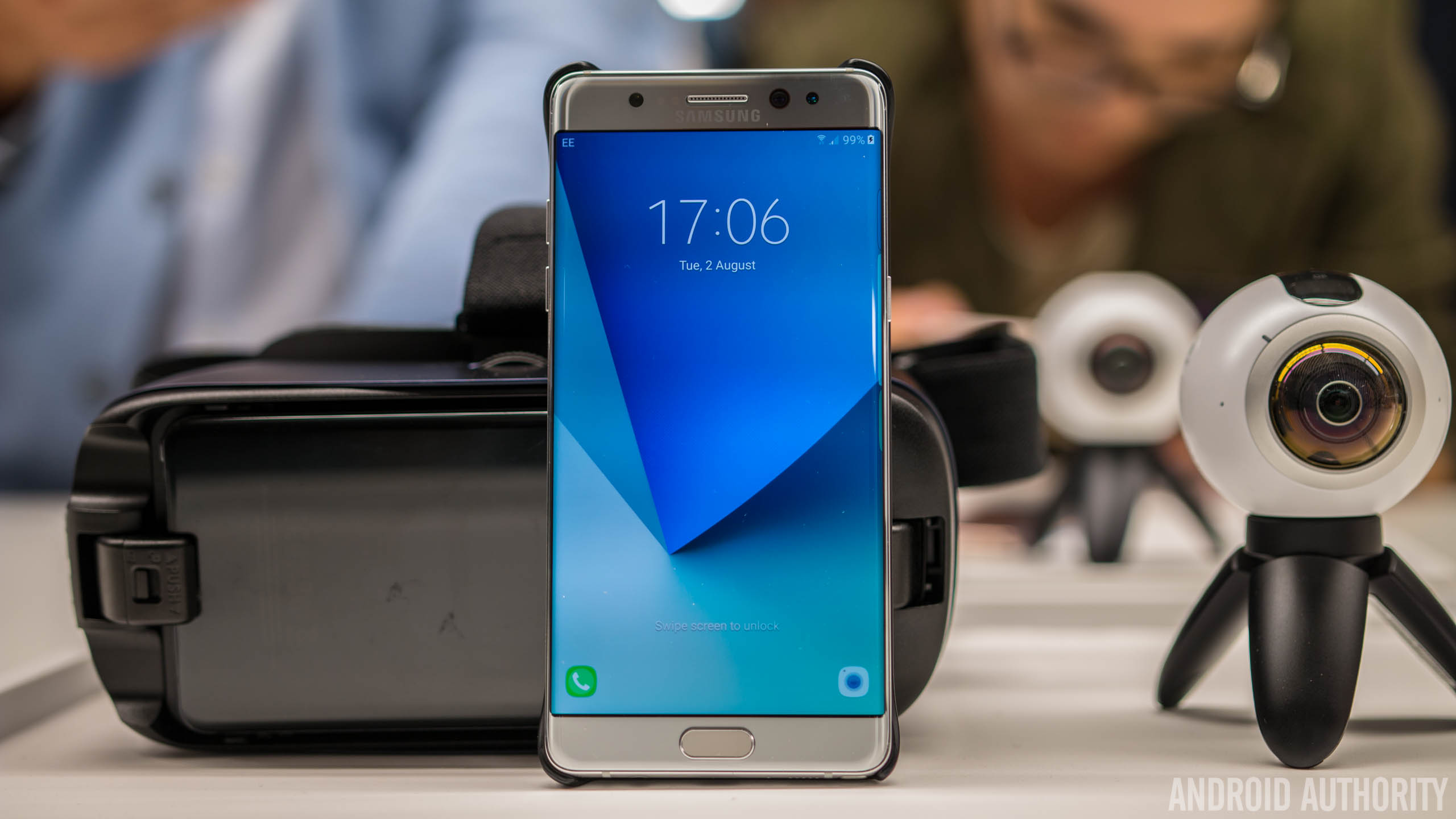
We can’t have a list of the worst phones ever made without including a phone that quite literally caught fire. The Galaxy Note 7 is easily Samsung’s biggest tech failure, as two battery-related faults resulted in several dozen phones catching fire or exploding.
It’s no wonder Samsung recalled the phone. The company even issued updates that eventually bricked the device for safety reasons. Even airlines banned the Galaxy Note 7 from flights — how many phone manufacturers can brag about that?
It’s a real shame because the Galaxy Note 7 was well-received prior to this saga, offering a more useful S Pen, a nifty iris scanner, microSD storage, and water resistance for the first time in the series.
Nokia 9 Pureview
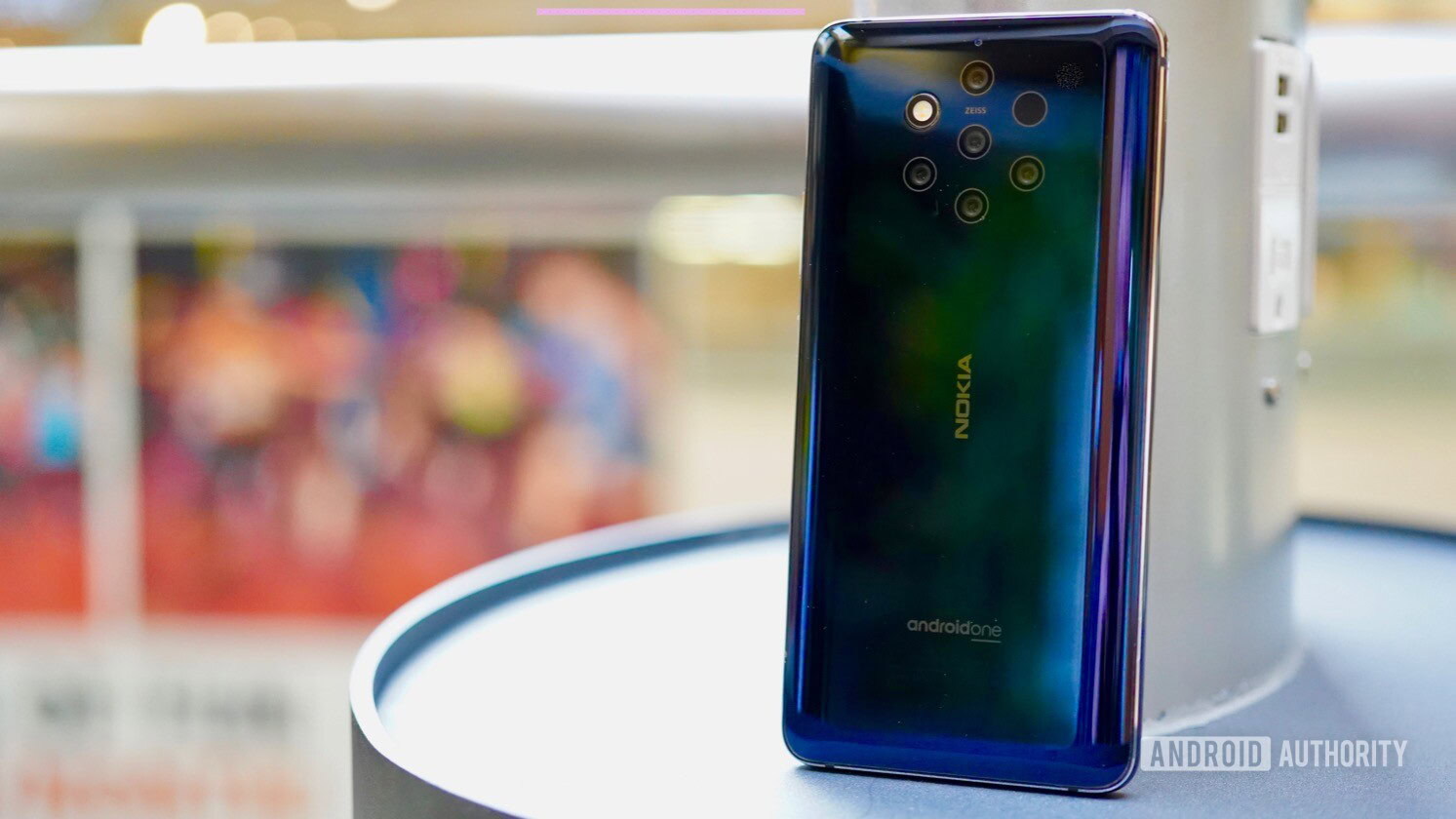
HMD Global licensed the Nokia name back in 2016 for Nokia-branded smartphones, and the company made a big deal about how many employees and executives were former Nokia employees. So when the company announced the Nokia 9 PureView in 2019 with a penta-lens camera, expectations were high that this could be a spiritual successor to the great Nokia phones of yore.
The Nokia 9 PureView delivered an overhyped and underbaked camera experience, but the fingerprint scanner was a joke too.
Unfortunately, the Nokia 9 PureView was quite a disaster at launch. The biggest selling point was the penta-lens camera, consisting of three 12MP monochrome cameras and two 12MP color cameras. This setup was supposed to deliver photos with more granular depth effects (e.g. for portraits) and better HDR. However, our own testing at the time revealed extremely inconsistent picture quality, glacial camera app performance, and poor low-light images.
It also didn’t help that the phone’s in-display fingerprint sensor was bad. In fact, it was reported that the scanner could be spoofed with chewing gum. The phone also shipped with the previous year’s flagship silicon, which isn’t a bad thing on its own but did compound matters. We were glad to see HMD try something different but were sorely disappointed with the finished product. In fact, I’d argue that HMD still hasn’t recovered from this debacle, as it hasn’t released a flagship phone since.
HTC Thunderbolt

The HTC Thunderbolt was the first 4G LTE phone in the US back in 2011, and that was a big deal owing to the technology’s faster data speeds and reduced latency. Unfortunately, the Thunderbolt had horrible battery life when using LTE.
Wired noted at the time that the HTC Thunderbolt delivered just six hours of battery life when browsing the web and checking emails with reduced brightness. CNET said that similar usage (including phone calls) saw the phone hit 15% by mid-to-late afternoon, while heavier usage saw the phone die in three or four hours. Streaming video via LTE? Then PC Mag reported that you could expect just under two and a half hours of juice. Compounding matters was the fact that you couldn’t initially disable LTE and stick to 3G.
HONOR V Purse
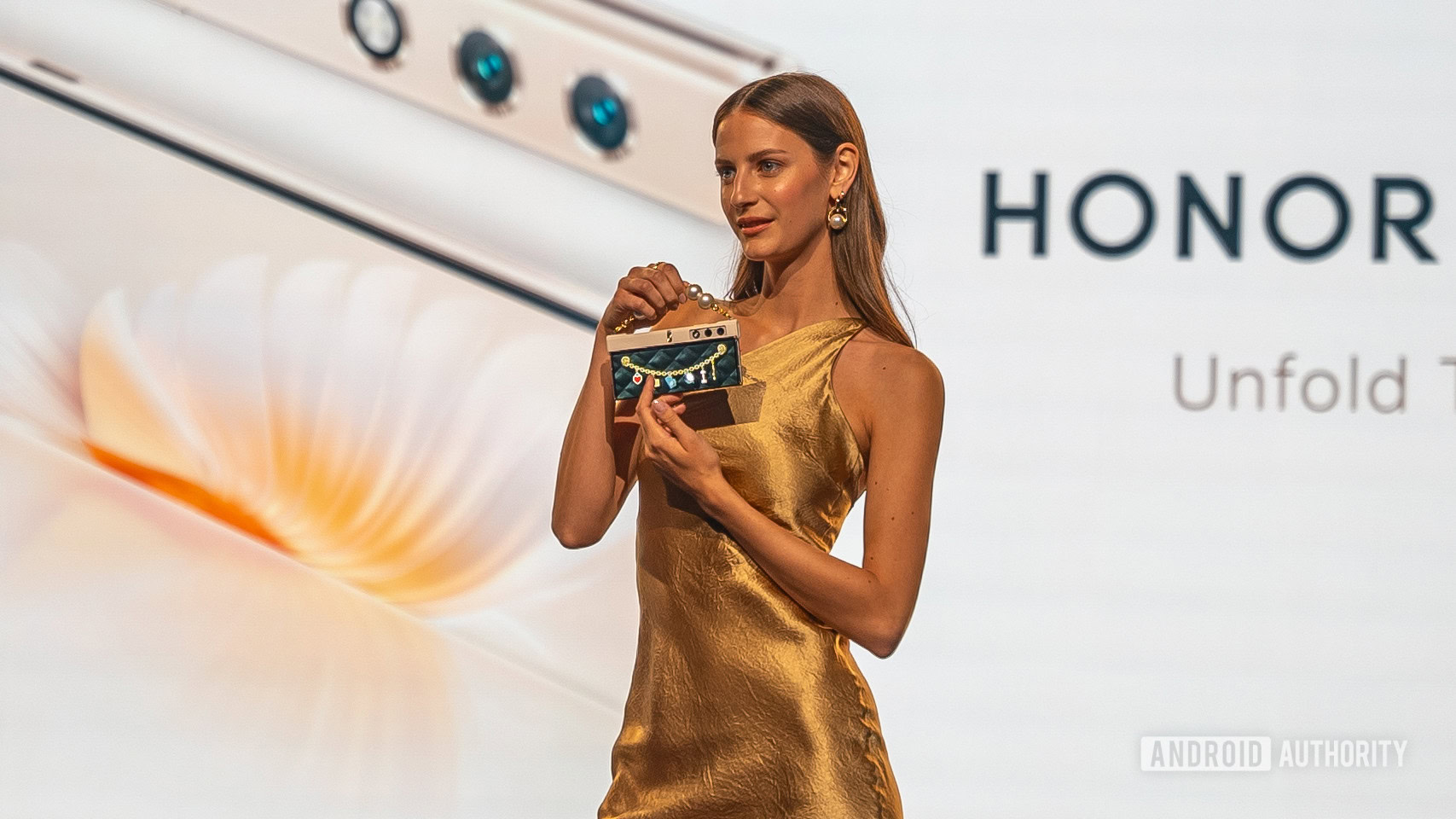
Kris Carlon / Android Authority
The most recent entry on our list of worst Android smartphones is HONOR’s weird foldable phone, which was launched a year ago. The V Purse is effectively a clone of HUAWEI’s Mate XS phones, featuring an outward-folding screen and a thin design. Half of this display also serves as the smartphone screen when folded. So far, so normal.
The big issue, however, is that HONOR decided to turn the device into a literal purse. The company added straps to the foldable so it could be carried like a purse, while also offering suitable wallpapers to match. HONOR even added virtual charms to the screen to accentuate the fashion-first approach.
It was certainly an interesting idea, but one that should’ve stayed on the drawing board. The biggest issue is that outward-folding foldable phones aren’t protected from scratches in the first place owing to their plastic screens, yet HONOR thought it was a good idea to let people carry it like a purse. So we wouldn’t be surprised if the screen gets numerous scratches when carried like this. It’s not water-resistant, either, which doesn’t bode well when carrying it in a rain shower. The phone launched in China for ~$850, which sounds reasonable until you realize that it ships with the old Snapdragon 778G chip, a mid-tier dual camera system, and no wireless charging.
What's the worst phone ever made?
0 votes
Got a tip? Talk to us! Email our staff at [email protected]. You can stay anonymous or get credit for the info, it's your choice.

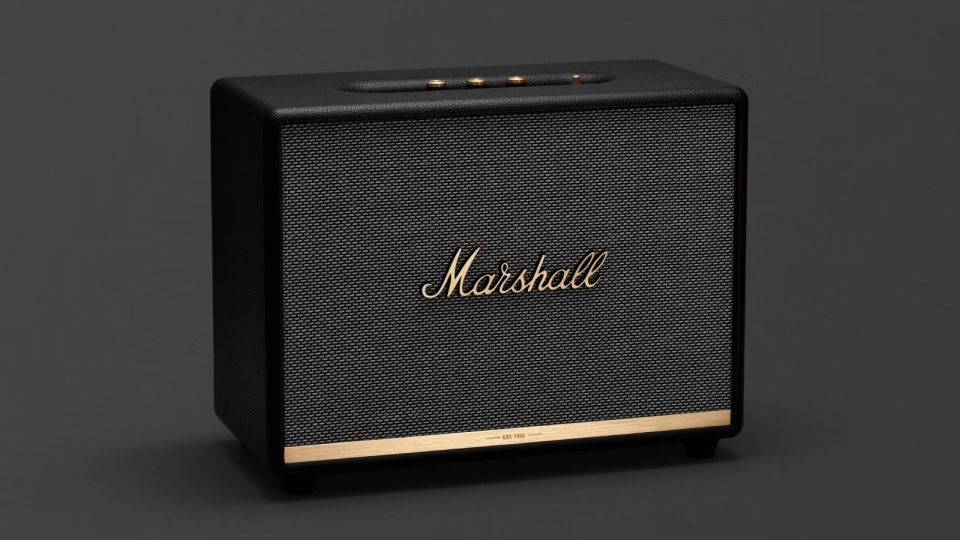
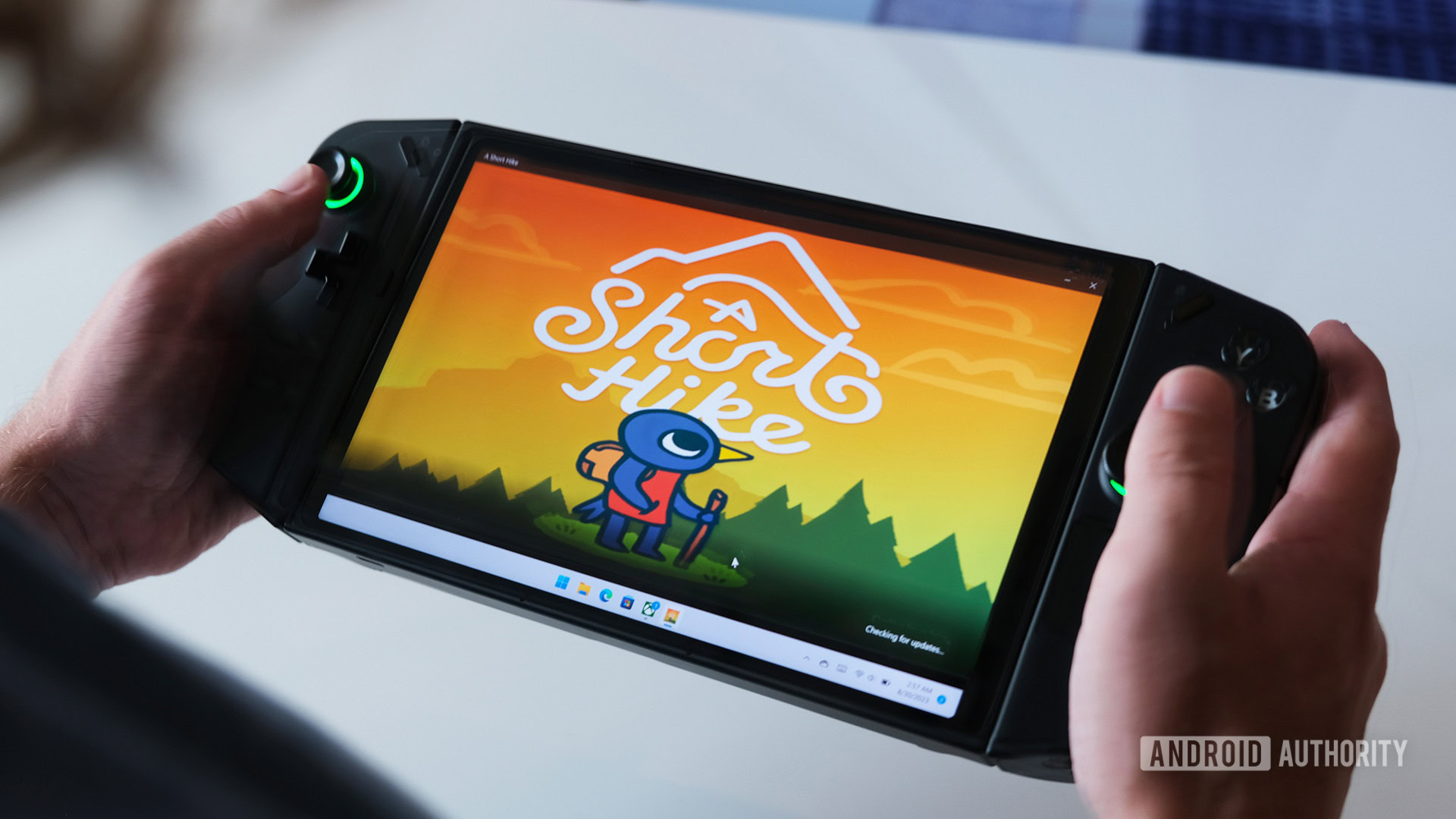
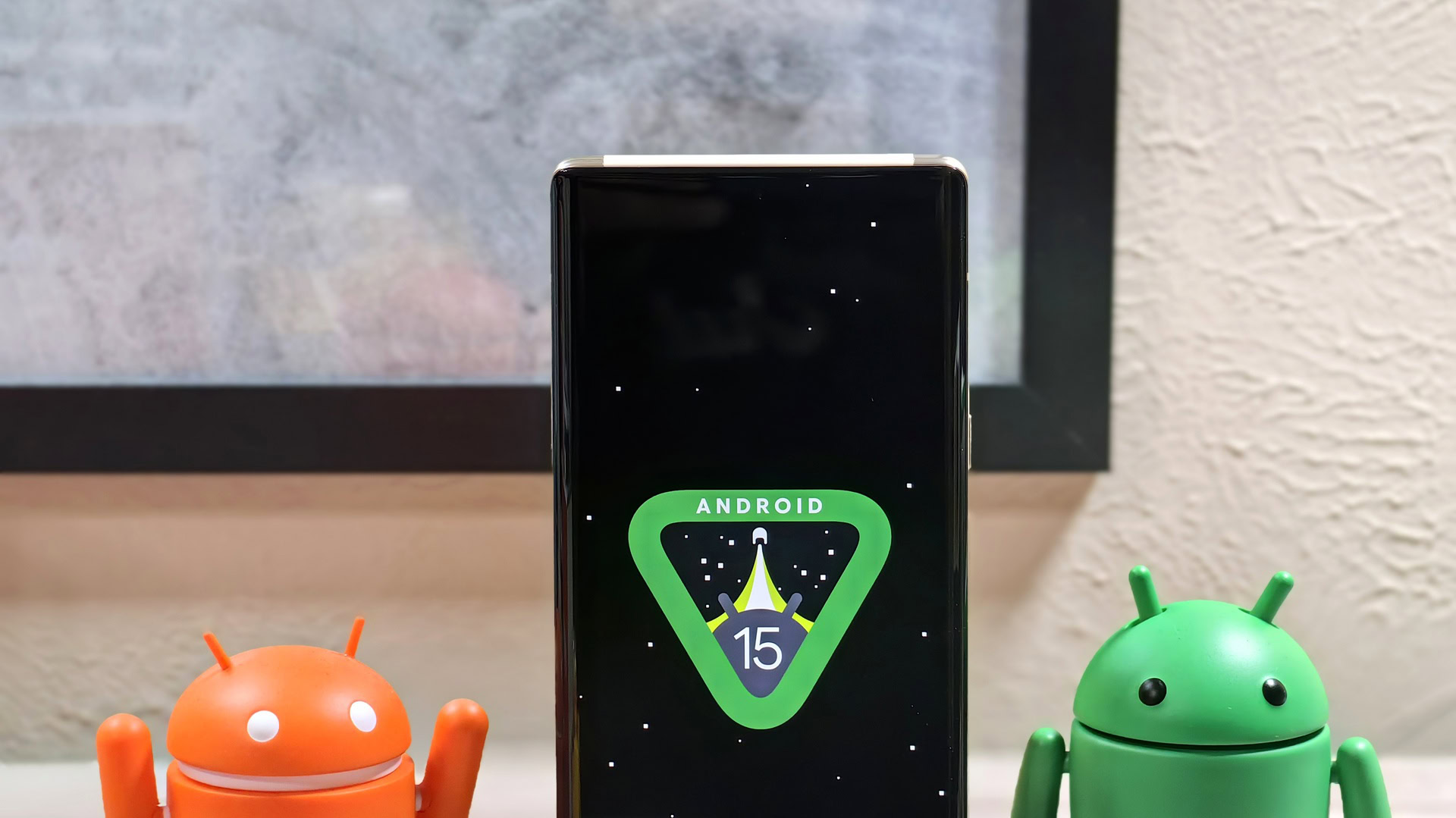




 English (US) ·
English (US) ·